6 Reasons Why Seoul Is Driving The Worlds Most Innovative Economy And Drawing Increasing Interest From Foreign Investors
TUD+ MEMBER CONTENTFor four days in early April, as the city’s springtime cherry blossoms were in full bloom, a delegation of architects, developers, fund managers and consultants from the Urban Land Institute headed to Seoul, South Korea for the organisation’s first annual Asia Pacific Study tour.
At face value Seoul, first established in 1394 during the Joseon Dynasty, isn’t the prettiest of cities, complete with a spaghetti network of freeways and flyovers, traffic jams, some fairly benign architecture and an ever-present haze thanks to its close proximity to China.
However, it mustn’t be forgotten that much of the city was razed to the ground during the Korean War, resulting in this often-bland post-war style of city restoration.
Recently nominated by Bloomberg as the most innovative economies in the world, more and more international investors are now turning their eye towards the city, as evidenced by Brookfield and CIC’s US$2.7billion acquisition of the IFC project in late 2016.
Once you peel back Seoul’s layers and take some time to get to know the city’s vibrant districts; from the elegant Cheongdam-Dong, to the grungy Hongdae and the vibrant Itaewon-Dong, to the historic villages of Bukchon Hanok and Namsangol Hanok, much can be learnt from the ‘most wired city in the world’.
The city features a diverse subset of international cultures, a thriving coffee scene, the fastest internet connection in the world, a highly efficient public transport system, sparkling clean streets and parks rivalling that of neighbouring Japan, and the odd piece of starchitecture, featuring the likes of the late Zaha Hadid’s Dongdaemun Design Plaza, seen by some as an overly expensive white elephant but to others, a masterpiece of modern design.
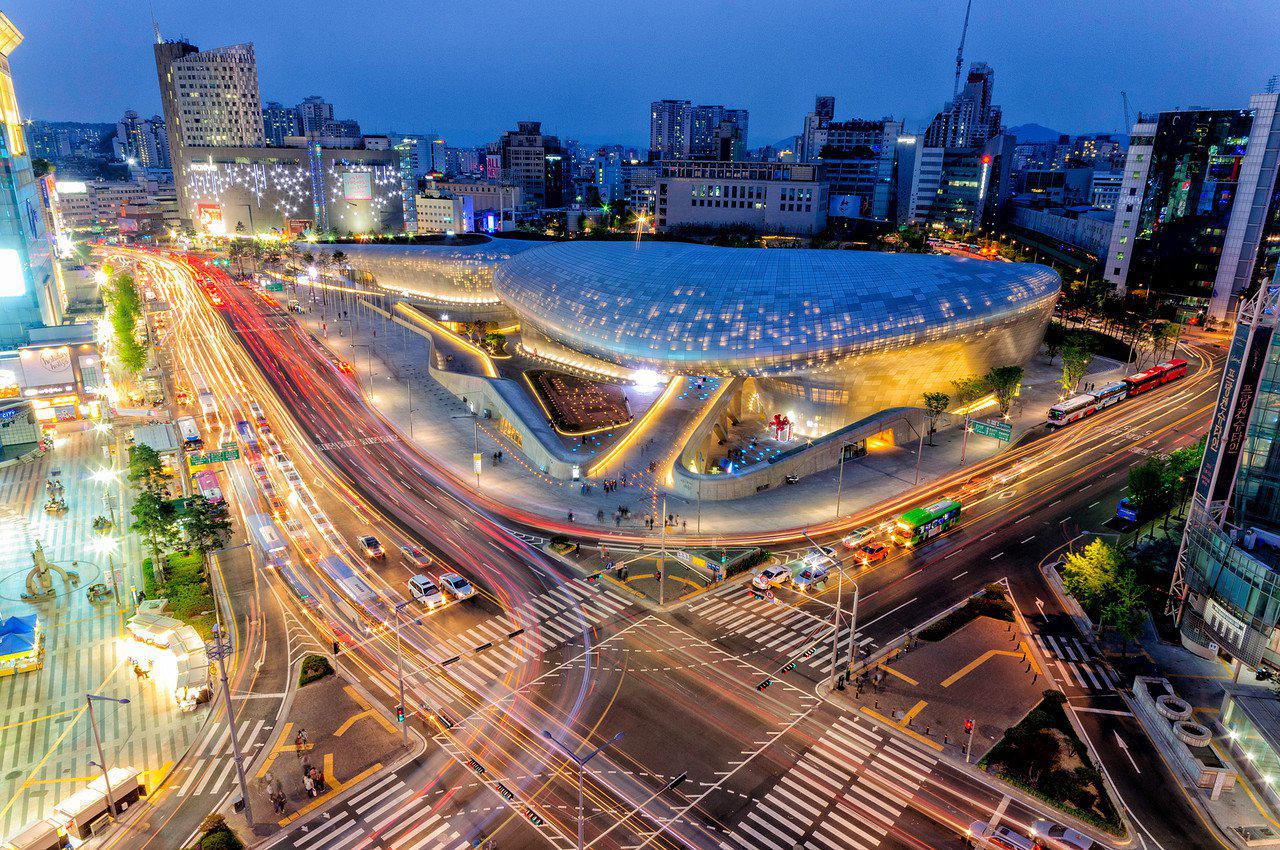
Dongdaemun Design Plaza, Photo Courtesy of SkyscannerMasters of Mixed-Use Development
Mixed-use development - a favourite term of many developers around the world but too often bastardised in marketing and leasing campaigns. I’m sorry but a residential tower with a convenience store on the ground floor is just not mixed-use.
Seoul, however is certainly a master of the term. One example, although it sticks out like a sore thumb, is the recently completed Lotte World Tower, designed by KPF (previously Kohn Pederson Fox), now the fifth tallest building the world.
The 12-storey, 555 metre tower, is an impressive example of a true mixed-use development, despite the US$4.5billion price tag; it features 29 floors of residential apartments, commercial office, a 7-star hotel, a thriving ground floor mall, concert hall, unique cultural space and sprawling gardens surrounding the podium capable of holding large exhibitions.
Other smaller footprint examples include Bang by Min’s building in Cheongdam-Dom, described as a ‘three-dimensional street’ that features residential apartments, office space, shops, cocktail bars and even a luxury cigar store. The project was the winner of the Seoul Architecture Prize in 2015.
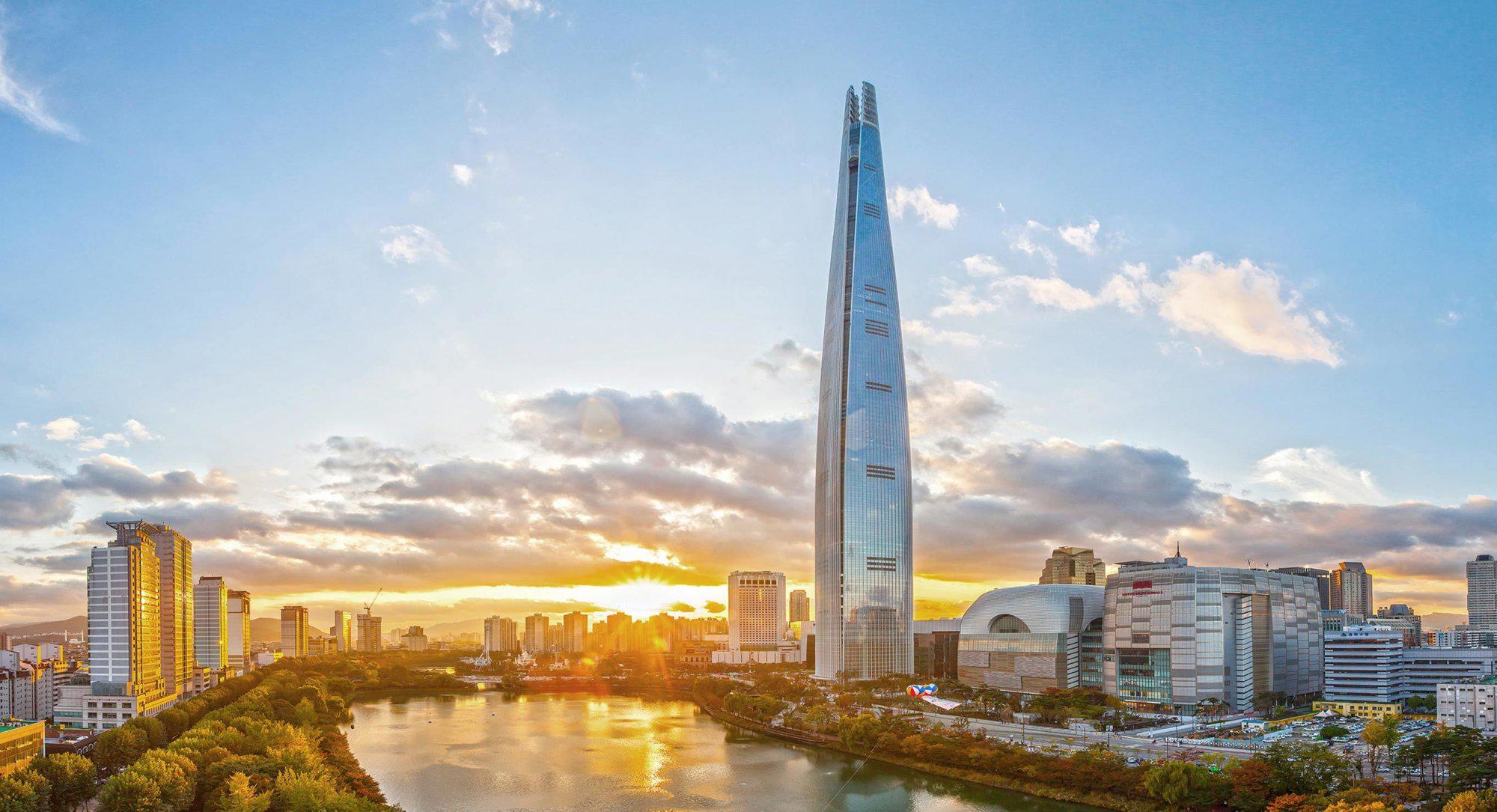
Lotte World Tower - Photo Courtesy of KPFInnovative Retail, Lifestyle Experiences and Café Culture
A noticeable stand out for me, was some of the impressive retail concepts featured across the city. From eclectic high streets such as Sinsa-dong’s tree-lined Garosu-gil, to Myeongdong’s open air mall, packed with teenagers on any weekday evening, to the vibrant laneway culture and pop-up retailers in shipping containers on the back streets of Itaewon. Seoul’s retail environment certainly wasn’t what I expected.
From cafés that open late, with young 20-somethings spilling out on the side walk, incredible luxury flagships like Christian de Portzamparc’s Dior store in Gangnam-Gu, a wealth of artisan-style retailers, to incredibly diverse dining options open till the wee hours and cocktail bars behind florist shops, Seoul’s retail scene puts a city like Sydney to shame.
Beyond the high street and laneways, astoundingly impressive were some of the shopping malls that are more akin to lifestyle experiences, like the Starfield Hanam designed by acclaimed architects Benoy.
Yes, an enjoyable shopping mall; it sounds like an oxymoron, but in all seriousness the centre, opened in September 2016 features a fully equipped aquatic centre and day spa, a two-storey play-space for young adults and children complete with a full-size basketball court, climbing wall and ropes course, its own hyper-mart, major global fashion brands, four in-mall car retailers (yes four!) and retailers as diverse as a café-cum-furniture maker that would be more at home in Portland, East Austin or Sydney’s Inner West.
The mall see’s hundreds of thousands of people pour into its doors on the weekend and its world-class food retailer PK Market, rivals the likes of Wholefoods in the US, Waitrose in the UK or About Life and the Standard Market Company in Australia.
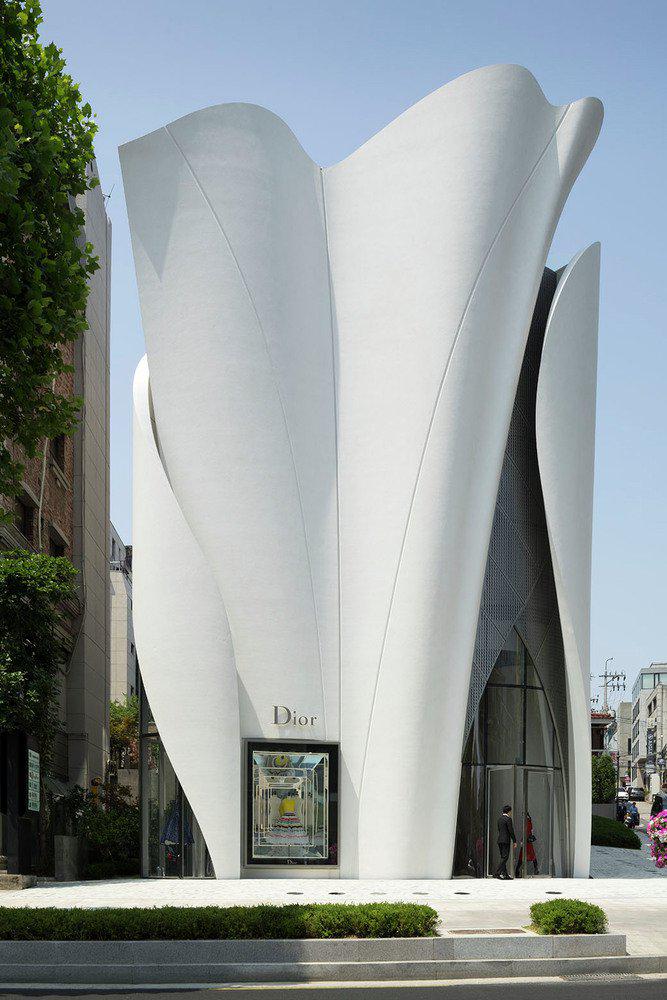
Christian de Portzamparc’s Dior store in Gangnam-Gu, Photo Courtesy of- http://www.nicolasborel.comSmart Cities and Digital Innovation
Countries like Australia, the United States and the United Kingdom could learn a huge amount from Seoul’s innovative approach to smart cities. In Australia, especially we talk constantly about smart towns, smart cities and smart housing and embracing all that tech has to offer, but we are still yet to realise a truly smart city, town or even home.
Instead we are adopting bits and pieces, here and there; one city might now be able to analyse transport data. Big deal, the Singaporeans have been able to do this for years. The odd developer here and there, might throw in an iPad with an automated home control system as an extra. Great, but most new homes in Japan do this as standard.
Korea’s SH Corporation is taking a leading approach to equipping its developments and housing with smart-city elements. And, LH Corporation isn’t even a private organisation, it’s the government’s primary land developer and affordable housing provider!
From IOT-enabled fridges, to entrance halls, elevators and front doors that use recognition software to open hands-free, to smart televisions and verbally-controlled home appliances, all these products are actually available for inclusion within SH Corporation’ smart homes
I suppose it helps having the R&D support of home-grown technology firms like Samsung and LG at your fingertips.
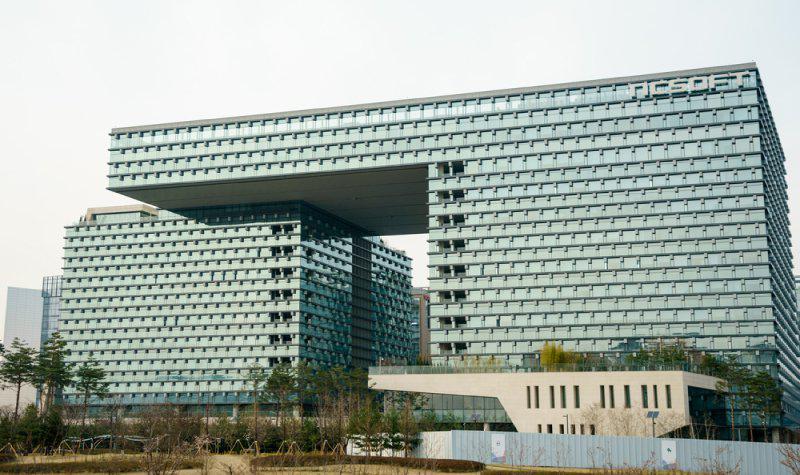
Pangyo South Korea. April 2016. Techno valley. The building of the famous game companies in Korea (NC Soft)
Pangyo Techno Valley is just one example of a major urban development currently home to 80,000 residents with a large commercial core that is home to 900 or so tech companies. The development, known as Korea’s version of Silicon Valley, features its own water recycling plant, centralised waste management system and recycling centre.
Waste is carried from central collection depots within the community via vacuum tubes to the recycling centre where it is either destroyed (via environmentally sensitive methods) or converted to recyclable product. Redundant electricity generated in the process is then fed back to the grid.
Having worked on a large urban renewal project in inner Sydney that shall remain nameless, where centralised management of waste was going to be introduced as standard, only to be scrapped after five years of planning alas due to commerciality issues, it is inspiring to see a system like this work successfully, for a project that now houses 77,000 more people!
Small Format Living and Micro Housing
As a city of ten million people, living in area of approximately 600 square kilometres, Seoul is of course like most Asian metropolises; short on space. Its population density is almost twice that of New York.
As a result, the city is benefiting from some unique architectural solutions to its space problems. The Plus Architect’s Horn House is one example, a micro home built on a 60 square metre block in the back streets of Seoul ‘s Mapo District. As is AIN Group’s Mini House in Guro-dong, built on a three-metre wide block.
Other examples include the ten-storey Gwell residential building, designed by JDS Architect’s that features 700 compact living units all around 25 square metres in size. Akin to WeWork’s WeLive project in New York, the officetel is a kind of housing and workplace hybrid becoming increasingly common in Seoul.
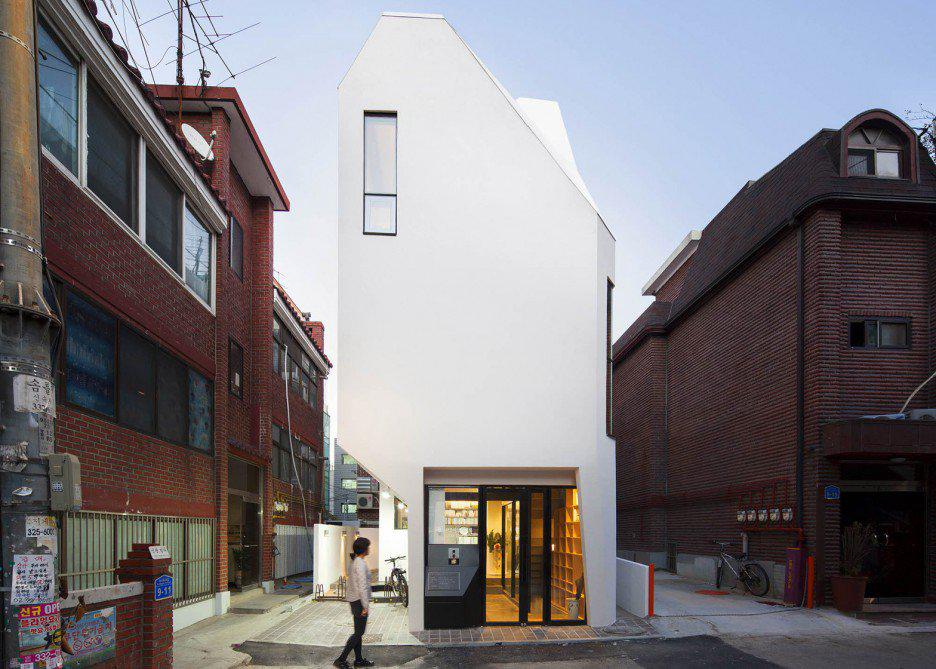
Horn House, Photo Courtesy of Plus ArchitectureCheonggyecheon River Restoration Project
A highlight of the tour was a visit to the Cheonggyecheon River Restoration Project. The Cheonggyecheon River stretches from west to east for approximately six kilometres through the centre of Seoul’s CBD.
The river was covered in the 1960s and 70s by a number of freeways and flyovers, however, in 2003, a decision was made by the Seoul Metropolitan Government to demolish the freeway and restore the river to an uninterrupted six-kilometre green space.
The delegation was lucky enough to hear first-hand from the project’s director, Dr. Lee Inkeun, who led the project from initial conception through to completion from 2003 to 2005.
Crammed with public art, light installations, tree cover, historical interpretations, recreation areas and viewpoints, the river creates an incredible oasis of calm in the middle of the city. Over the past decade, the restoration project has contributed to significant rental growth in the area and regentrified a previously rundown part of the city.
Resembling other great inner city river restoration projects like San Antonio’s River Walk, the canals of London’s Kings Cross, and the Trinity River Trail in Dallas, the Cheonggyecheon River Project hardly receives the credit it deserves on a global scale.
Recreation in a Dense Urban Environment
Seoul’s approach to recreation and leisure can be embodied in its 80-kilometre long cycle trail that flanks both sides the Han River. With plans to extended the trail further, it links the western side of the city to the Seoul Urban Forest in the east of the city, providing a much-needed recreation and relaxation space for the city’s residents
On a Sunday afternoon, the trail was jammed with young families teaching their children how to ride a bike, couples enjoying the cherry blossoms, runners and walkers, cyclists, skaters and even amateur fisherman throwing a line into the adjacent river.
Where possible the trail connects its way to major riverside parks such as the Yeouido Hangang Park, crammed with families for the Cherry Blossom Festival and the impressive Seonyudo Park, an adaptive re-use project that has seen the rejuvenation of an island, previously a water filtration plant.
Small outdoor amphitheatres, community centres, children’s parks, sporting courts and outdoor gyms are squeezed under flyovers and expressways, next to rail lines and in small slithers of land that would otherwise go to waste.
In a city like Melbourne, that is genuinely blessed with open, green outdoor space, these spaces often become filled with vagrancy and crime. Instead in Seoul they are full of community, intergenerational activity, health, wellness and vibrancy.
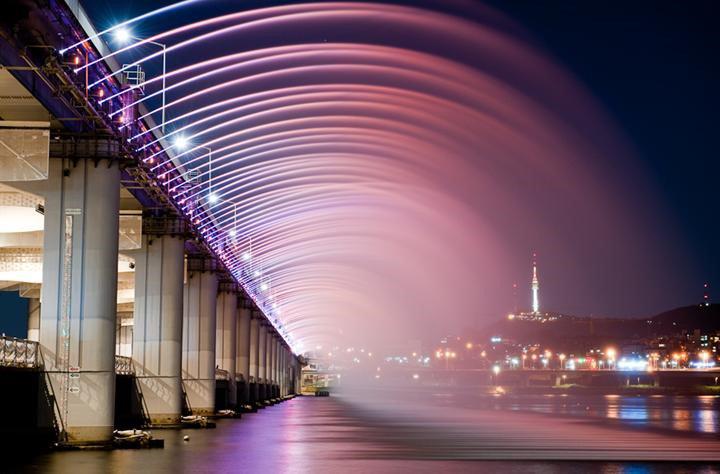
Bampo Bridge, Photo Courtesy of Seoul CycleConclusion
Despite the ever-present tension just 40 kilometres north of Seoul, the city seemed a world away from the threat of looming conflict with neighbouring North Korea.
Quality of life appears fantastic, with walkable neighbourhoods, excellent health care, a strong education system and stable GDP growth.
The city is certainly living up to its reputation as one of the most innovative city economies in the world and with the 2018 PyeongChang Winter Olympic Games around the corner, Seoul is sure to garner plenty more attention in the years to come.
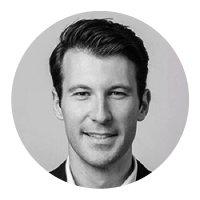
About the Writer - Andrew Coward
Andrew is an urban strategist and communications consultant. Through his company, Polymer Studios, Andrew works with a wide range of stakeholders in the built environment, providing strategic planning, communications and research services that help shape the evolution of cities across Australia and South East Asia. Andrew is an associate member of the ULI and a member of its Young Leaders Group in Sydney.
Follow Andrew on Twitter.
















